I have an applet which displays some data using circles and lines. As the data continually changes, the display is updated, which means that sometimes the circles and lines must be erased, so I just draw them in white (my background color) to erase them. (There are a lot of them, so erasing everything and then recomputing and redrawing everything except the erased item would be a horribly slow way to erase a single item.)
The logic of the situation is that there are two layers that need to be displayed, and I need to be able to erase an object in one layer without affecting the other layer. I suppose the upper layer would need to have a background color of "transparent", but then how would I erase an object, since drawing in a transparent color has no effect.
What distinguishes this situation from all the transparency-related help on the web is that I want to be able to erase lines and circles one-by-one from the transparent layer, overwriting their pixels with the "fully transparent" color.
Currently my applet draws (using just a single layer) by doing this in start():
screenBuffer = createImage(640, 480);
screenBufferGraphics = screenBuffer.getGraphics();
and this in paint():
g.drawImage(screenBuffer, 0, 0, this);
and objects are rendered (or "erased" by drawing in white) by commands like:
screenBufferGraphics.drawLine(x1,y1,x2,y2);
Is it easy to somehow make a second screen buffer with a transparent background and then be able to draw and erase objects in that buffer and render it over the first buffer?
